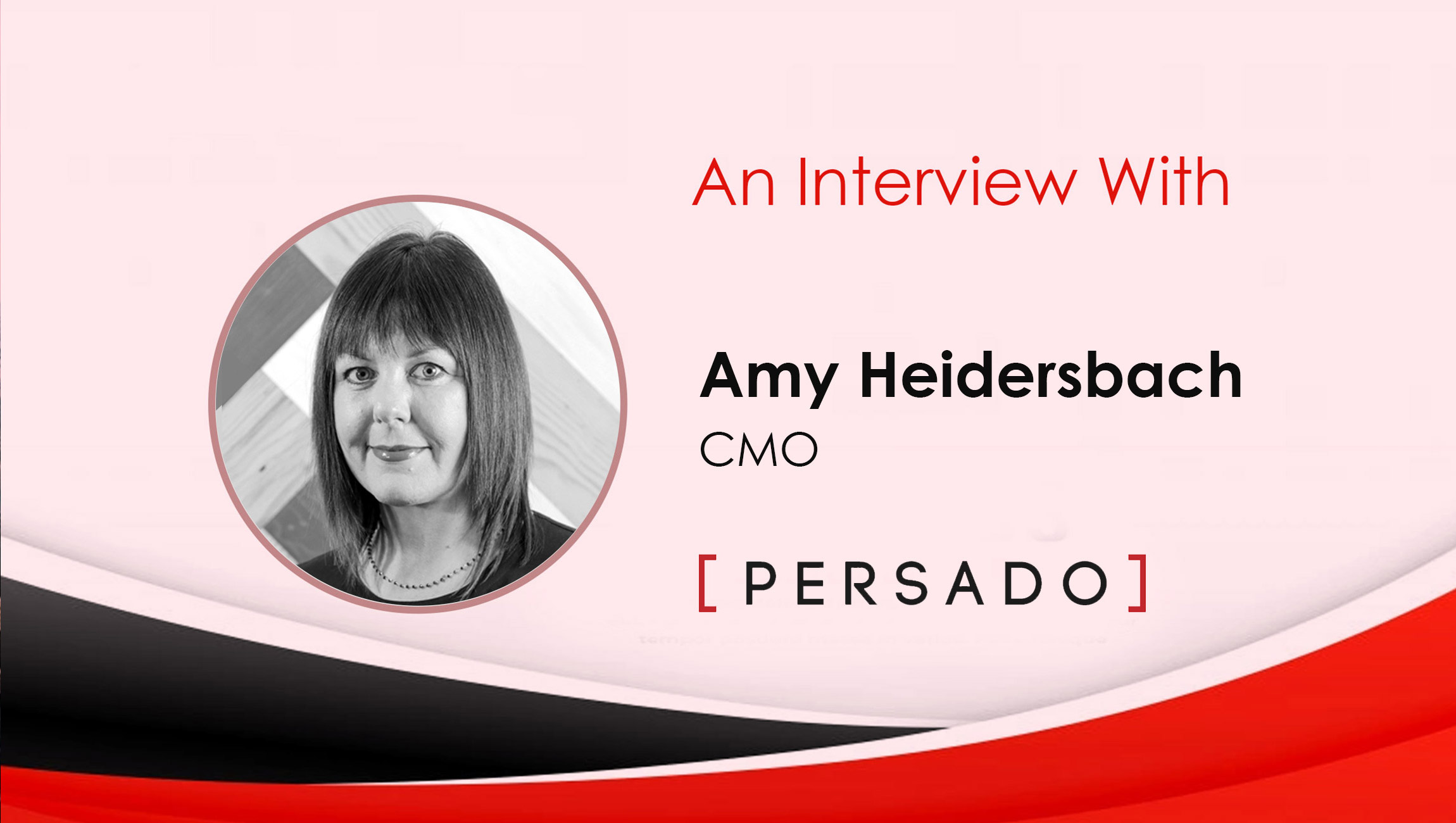Of all the functions operating inside organizations, developer relations is among the most misunderstood.
People often conflate what developer relations, or DevRel, does on a day-to-day basis with tasks that teams dedicated to marketing, product marketing or customer success perform. Each of these functions focuses on outreach to members of a company’s “community.” And there are elements of each of these functions in the activities DevRel performs. So, given the strain on resources most organizations face, many people wonder if DevRel teams are even worth keeping if they (seemingly) don’t contribute anything new.
Marketing Technology News: Will 2022 be the Year of Hybrid Marketing?
But, unlike these other functions, the DevRel team serves a specific, integral role, benefiting both the company and the community. Other teams have to focus on other priorities like generating sales leads, adding new features or meeting engagement KPIs. There’s no other team that has the success of the community as its primary goal. Developer relations represents the company to the community and the community to the company. This positions the DevRel team as a resource that can use its community connections to add value to the company’s technology and advance its business goals.
One way is through product testing. Rather than wait for a product or feature to be finalized before releasing it to the public, the DevRel team has a ready-made audience of external developers who can test it out. Essentially, DevRel acts as “customer zero.” Between the advocates, who can run through the new feature themselves, and the community members, who are excited to put it through its paces, the team can give the organization an early read on how the community is responding to the product. The team can also relate how the community might be willing to use it and what the initial experience might be.
Another way the DevRel team provides value is by serving as a bridge to the consumer. Being that bridge means holding the best interests of the community, as well as the best interests of the company, in mind at all times. The DevRel team becomes the voice of the community, as well as the voice of the company. The additional context they’re able to provide when speaking to coworkers or community members is essential for clear communication between these audiences.
Developer relations can help a company achieve its business goals in a number of ways. If the company is focused on awareness – becoming very well known in the developer community – the team can help by generating content that promotes the company using terminology developers care about. On the other hand, if the company is focused on increasing adoption, the developer relations team can help outside developers reduce any barriers they may face that would inhibit adoption. Team members can spread the word in an effective and authentic way because they’re speaking to peers; they can communicate directly about ways the company can help them solve their problems.
Marketing Technology News: 4 Things We Learned About Influencer Marketing in 2021
A good developer relations team’s primary role is to empower a company’s technical audience. To become empowered, the audience needs to be confident in its ability to use the company’s products and find information that will help them solve technical problems.
For them to have this confidence, they first need to be aware that the company’s product exists and is capable of meeting their needs. Next, the resources that exist need to be capable of enabling them to use the company’s product. This could involve many things, including documentation, best practices guides, tutorials or client libraries. But this experience of onboarding with a product, and understanding that they’re capable of easily using your product to solve their problems, is a huge step toward adoption. Lastly, once a community member has adopted your product, it’s time for them to engage with your community.
Developer advocates on the DevRel team can play the role of making sure communities are aware of solutions a company provides. They do this by producing content, building sample applications and integrations, and building relationships in the broader tech industry. They also can make internal product managers, engineering leads, and other stakeholders aware of relevant, actionable feedback from the outside community.
A developer experience team can take responsibility for developer enablement. From the standardization, accessibility, and readability of documentation to the initial experience a developer has when they first encounter a product to the contributor experience, this function is what puts the finishing touches on initiatives developer advocates undertake.
Community management is where the engagement function starts to take shape. A community team can work with a company’s most engaged community members – those who run meetups, speak at events, and continually give back to the broader community of potential users – to make sure they have all the necessary resources to continue giving back.
Developer relations is a misunderstood, underappreciated resource. As organizations expand their use of software to deliver value on every front, that will cease to be the case. DevRel teams will play increasingly important roles helping the organization succeed and connecting it seamlessly to the outside world.
Marketing Technology News: 3 Enterprise Automation Trends Marketers Should Look Out For in 2022











